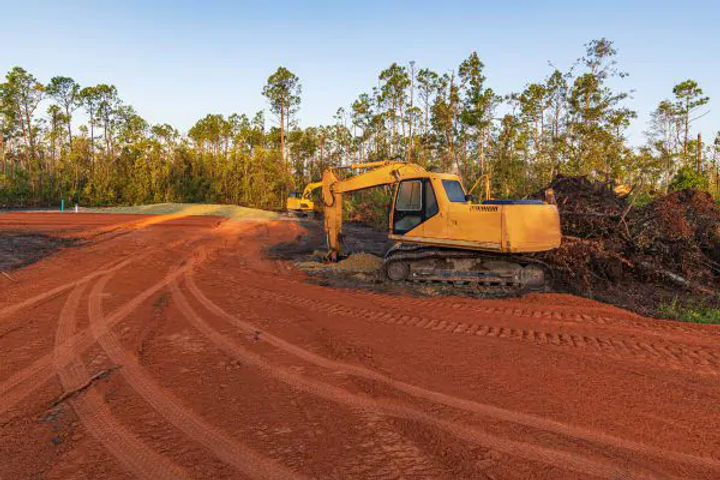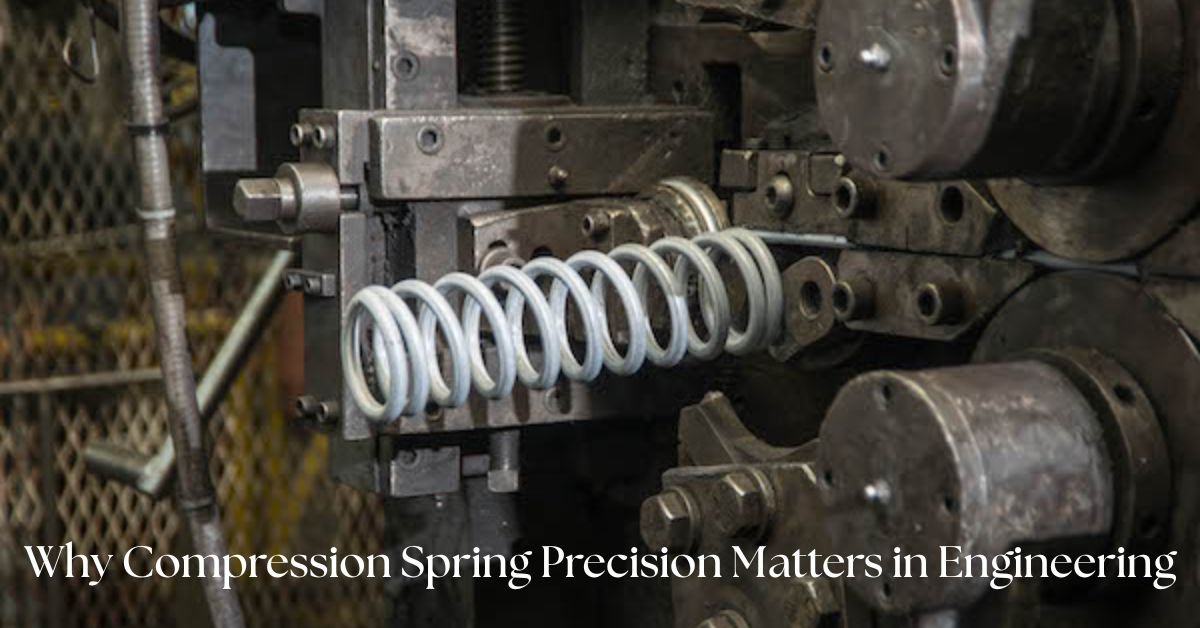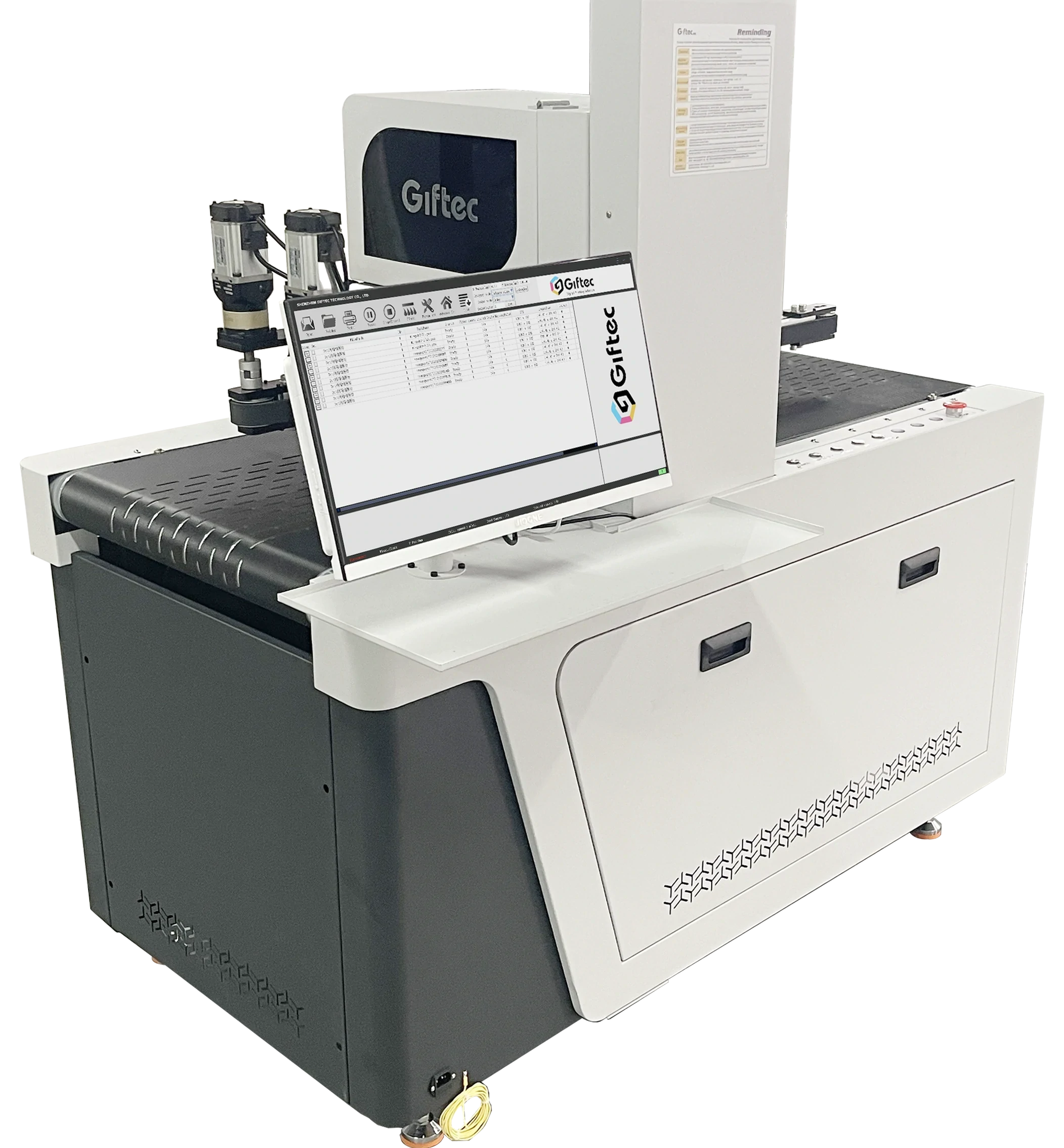The United Kingdom carbon dioxide market attained a volume of 725.8 KMT in 2024. The market is estimated to witness a CAGR of 1.5% during 2025-2034, reaching a volume of 840.5 KMT by 2034. This steady growth reflects the increasing importance of carbon dioxide in various industries such as food and beverages, medical applications, and metal fabrication. The market’s trajectory is shaped by advancements in carbon capture technologies, regulatory frameworks, and the adoption of sustainable production methods across the UK.
This blog post explores the key segments of the United Kingdom carbon dioxide market, assesses its production dynamics, and highlights the role of leading companies in shaping market growth.
Key Market Segmentation by Source
Ammonia
Ammonia production is one of the primary sources of CO₂ in the United Kingdom carbon dioxide market, as CO₂ is a by-product of ammonia manufacturing. This process is vital for industries requiring food-grade carbon dioxide. Companies like Yara International ASA and Tata Chemicals Europe Limited have integrated advanced CO₂ recovery systems to enhance the sustainability of CO₂ production, ensuring a reliable and environmentally-friendly supply.
Ethyl Alcohol
The fermentation process in ethyl alcohol production generates significant volumes of CO₂. This bio-based source of carbon dioxide aligns with the growing emphasis on sustainability and clean energy solutions. As the demand for biofuels and alcoholic beverages continues to rise, BioCarbonics Ltd. is capitalizing on this trend by providing cleaner, bio-based CO₂, playing a pivotal role in the United Kingdom carbon dioxide market.
Substitute Natural Gas (SNG)
SNG processes also contribute to the UK’s carbon dioxide supply chain, particularly for industrial applications. BOC Limited (Linde) is leveraging SNG as a complementary source of CO₂, offering innovative solutions to reduce emissions while meeting the growing demand for industrial-grade CO₂.
Market Segmentation by Production
Biological Production
Biological methods, such as fermentation and anaerobic digestion, are becoming increasingly important in the United Kingdom carbon dioxide market. These processes not only reduce environmental impact but also promote a circular economy by producing CO₂ from organic waste. Ensus UK Limited, a leader in bioethanol production, is driving the biological CO₂ production trend in the UK, providing a sustainable and eco-friendly source of CO₂.
Combustion Production
Combustion remains a significant method of carbon dioxide production in the UK, particularly in industrial and energy sectors. However, this process faces challenges due to carbon emissions. Companies like Air Liquide UK Ltd and Air Products PLC are at the forefront of developing and implementing carbon capture, utilization, and storage (CCUS) technologies to mitigate environmental impact while maintaining high CO₂ production efficiency.
Key Market Segmentation by End Use
Food and Beverages
The food and beverages sector is the largest consumer of CO₂ in the UK. Carbon dioxide is used in carbonated beverages, food packaging, and preservation processes. As the United Kingdom carbon dioxide market continues to grow, companies like BioCarbonics Ltd. and BOC Limited (Linde) are focusing on providing sustainable solutions to meet the rising demand for food-grade CO₂ in the food and beverage industry.
Oil and Gas
CO₂ plays a critical role in enhanced oil recovery (EOR) within the oil and gas sector. While the UK is transitioning to renewable energy, EOR applications continue to rely on CO₂ for boosting oil extraction. The demand for CO₂ in this sector is expected to see gradual declines as the industry shifts focus, but Air Products PLC remains a significant supplier of CO₂ for EOR processes.
Medical Applications
In the medical sector, CO₂ is indispensable for surgeries, anesthesia, and respiratory therapies. With the growing healthcare demands and technological advancements, Nippon Gases and Progases (UK) Ltd are supplying high-quality medical-grade CO₂ to hospitals and healthcare facilities in the UK, supporting a growing need for respiratory and therapeutic CO₂.
Metal Fabrication
The metal fabrication industry uses CO₂ for welding, cutting, and other manufacturing processes. As manufacturing activities in sectors like automotive and construction continue to expand, companies such as Tata Chemicals Europe Limited and Air Liquide UK Ltd are poised to meet the increasing demand for CO₂ in metal fabrication processes across the UK.
Other Applications
CO₂ is also used in various other sectors, including chemical production, water treatment, and fire suppression systems. These diverse applications continue to drive consistent demand for CO₂, contributing to market growth across various industries.
Market Dynamics
SWOT Analysis
Strengths
- Well-established CO₂ production and distribution infrastructure in the UK.
- Strong demand from key industries such as food and beverages, oil and gas, and healthcare.
- The presence of major players like Air Liquide UK Ltd, BOC Limited (Linde), and Air Products PLC, driving innovation and sustainability in the sector.
Weaknesses
- High reliance on a few primary sources like ammonia and ethyl alcohol.
- Environmental concerns related to combustion-based CO₂ production processes.
Opportunities
- Advancements in carbon capture, utilization, and storage (CCUS) technologies to address environmental challenges.
- Increasing demand for bio-based CO₂ production methods and biofuels.
- Growing focus on sustainability and circular economy initiatives offering new market opportunities.
Threats
- Stringent government regulations on CO₂ emissions and production processes.
- Competitive pressures from alternative gases and substitutes.
- Disruptions in supply chains due to geopolitical or economic factors.
Porter’s Five Forces Analysis
- Threat of New Entrants: High capital investment and regulatory barriers make it difficult for new players to enter the market.
- Bargaining Power of Suppliers: Limited CO₂ sources give suppliers moderate bargaining power in the United Kingdom carbon dioxide market.
- Bargaining Power of Buyers: Buyers benefit from multiple suppliers but demand high quality and consistent delivery of CO₂.
- Threat of Substitutes: As industries seek alternatives, the threat of substitutes such as nitrogen or other gases may increase.
- Industry Rivalry: Intense competition among leading companies like Air Liquide UK Ltd, Linde, and Air Products PLC drives innovation and price competitiveness.
Regional Insights
The United Kingdom carbon dioxide market is primarily driven by urban areas such as London, Birmingham, and Manchester, where industries like food processing, healthcare, and manufacturing are concentrated. As industries expand into rural regions, demand for CO₂ is expected to grow steadily. Efficient supply chain management will be essential to ensure balanced CO₂ distribution across urban and rural areas in the UK.
Competitive Landscape
The United Kingdom carbon dioxide market features several key players, including:
- Ensus UK Limited: Specializes in bioethanol production, contributing to biological CO₂ generation.
- BioCarbonics Ltd.: Provides bio-based CO₂ solutions, particularly for the food and beverage industry.
- Tata Chemicals Europe Limited: Supplies industrial-grade CO₂ for applications like metal fabrication and chemical production.
- Yara International ASA: Operates CO₂ recovery systems in ammonia production, supporting diverse industrial applications.
- Air Products PLC: A leading player in carbon capture and storage technologies, providing CO₂ for industrial and medical applications.
- BOC Limited (Linde): Supplies CO₂ for a range of industrial, medical, and food-grade applications.
- Air Liquide UK Ltd: Focuses on sustainable CO₂ production, meeting the growing demand in various industries.
- Nippon Gases: Specializes in medical-grade CO₂ for healthcare and respiratory applications.
- Progases (UK) Ltd: Meets specific CO₂ requirements for industrial sectors such as metal fabrication and water treatment.
These companies are at the forefront of innovation in the United Kingdom carbon dioxide market, focusing on sustainability, carbon capture, and meeting evolving industrial demands.












Leave a Reply